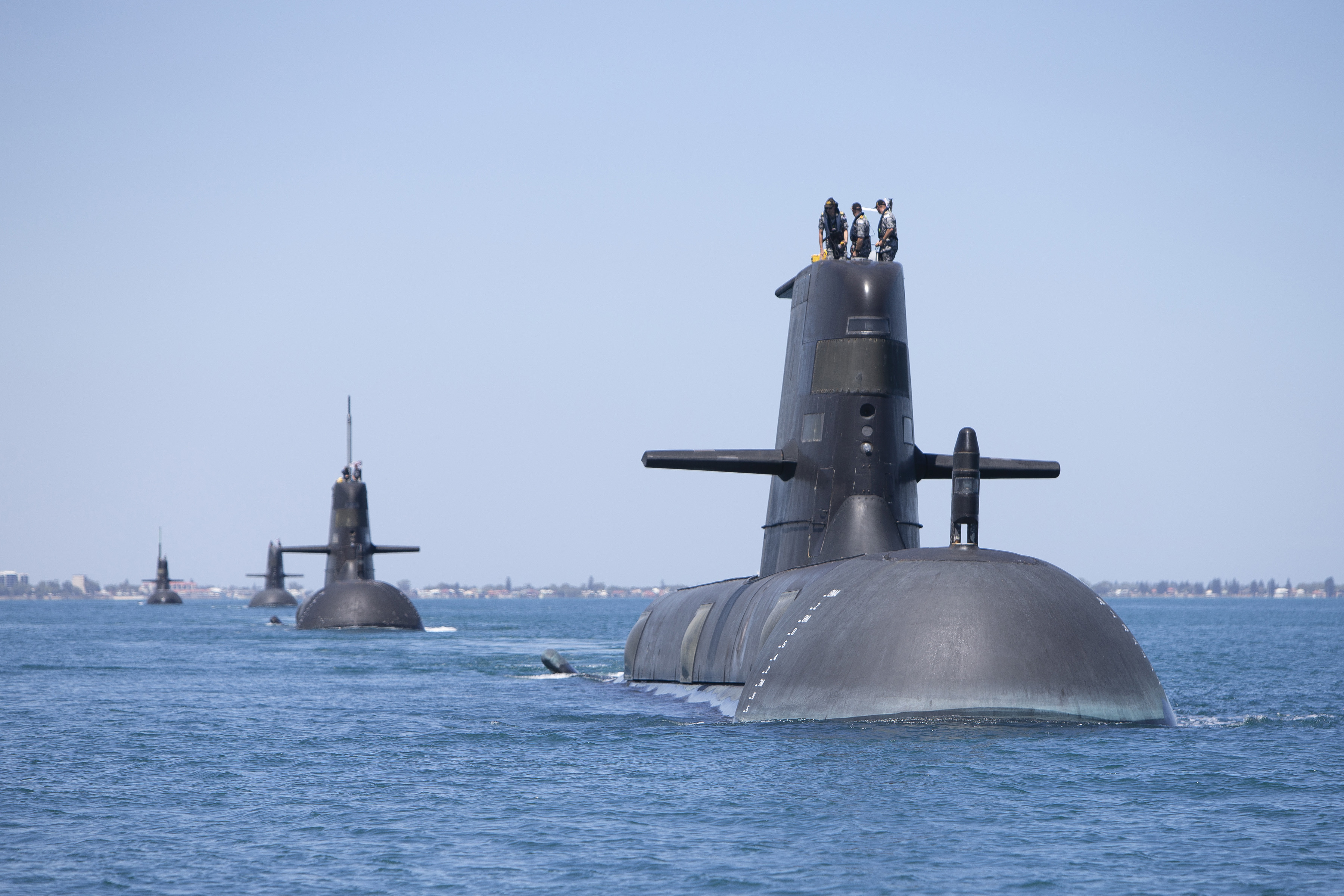After much speculation about whether Australia’s upcoming nuclear submarines under Australia, UK and US (AUKUS) pact would be based on the American Virginia-class or British Astute-class sub, a report has indicated.
However, the online portal later said it was an April Fools Prank and no detail has been revealed, thus making a complete mockery of the media industry and tarnishing its own reputation and credibility.
Six Collins Class submarines are currently in service with the Australian Navy. The Collins Class was built by the Australian Submarine Corporation (ASC) in South Australia between 1990 and 2003. Their design was developed by Kockums, a Swedish shipyard that is currently owned by Saab.
The two primary possibilities of nuclear submarine design anticipated for Australia in the last few months were the American Virginia class or the British Astute-class, with a nuclear ‘Son of Collins’ hardly contemplated until today.
Naval News published a leaked document that illustrates the propulsion system of the submarine. While the Collins Class isn’t named in the disclosed document, the report speculated that the new submarine’s hull is modeled on a Collins Class design, citing a computer-aided design drawing.
***BREAKING***#AUKUS submarine details leaked.
Not Astute Class or Virginia Class!
Australia's new sub will be a Collins Class derivative 'Sovereign reactor' based on the so-called 'Son of Collins' hull.
Wasn't expecting that.https://t.co/oyqrgjCxQe
— H I Sutton (@CovertShores) April 1, 2022
The submarines are expected to be a nuclear-powered evolution of the Collins Class submarines. Furthermore, it appears to include a vertical launch system for carrying more missiles in addition to nuclear propulsion.
Last year, the Australian government abruptly canceled a $66 billion submarine deal with France and instead agreed to buy nuclear-powered submarines from the United Kingdom and the United States under the AUKUS pact.
Possible Reasons Behind the Decision
The report mentioned that there could be several reasons for opting evolution of the Collins design (Son of Collins). One of the most reasons, according to the report, is that the tools and machinery needed to build Collins Class boats are already with Australia.
Given the fact that the Collins class only has three deck levels compared to the Virginia class’s four, this should be enough to accommodate a nuclear reactor. The new design will be substantially longer than the Collins Class due to the reactor. The report estimates it to be nearly as big as the French Barracuda design.

A nuclear reactor produced in Australia is featured in the leaked document titled ‘Future Submarine Go-Forward Baseline.’ The Collins class boat will apparently include a vertical launch method (VLS). Behind the sail, three tubes can be seen. Their capacity is unknown, however, it looks to be in the range of three to five missiles per VLS.
This will increase the submarine’s firepower by 9-15 cruise missiles. The increased weaponry will bring the submarine closer to nuclear submarines in other countries. Not to forget, the AUKUS proposal relies heavily on cruise missiles.
They extend the submarine’s range while also providing some conventional deterrence, the report claimed. The new submarine is slated to be built in Osborne shipyard in Adelaide and the shipyard will be tripled in size in the coming years.
One anonymous source familiar with the latest development told Naval News that the “AUKUS submarine is critical to the defense of Australia”. Former US Ambassador C J Harris made a point stating that the campaign is not aimed at selling foreign submarines. The chosen design must be appropriate for Australia’s manufacturing industry.
“The American and British submarines are too large. Australia cannot afford to build subs like that. The Son of Collins-class, or Collinsson as the Swedes call it, is an astute compromise,” he added.
Meanwhile, PM Scott Morrison last month announced plans to build a nuclear submarine base on the country’s east coast. The A$10 billion (US$7.4 billion) facility is expected to host submarines from the United Kingdom and the United States, suggesting a shared vision among allies to confront China in the Indo-Pacific region.
- Contact the author at ashishmichel@gmail.com
- Follow EurAsian Times on Google News




